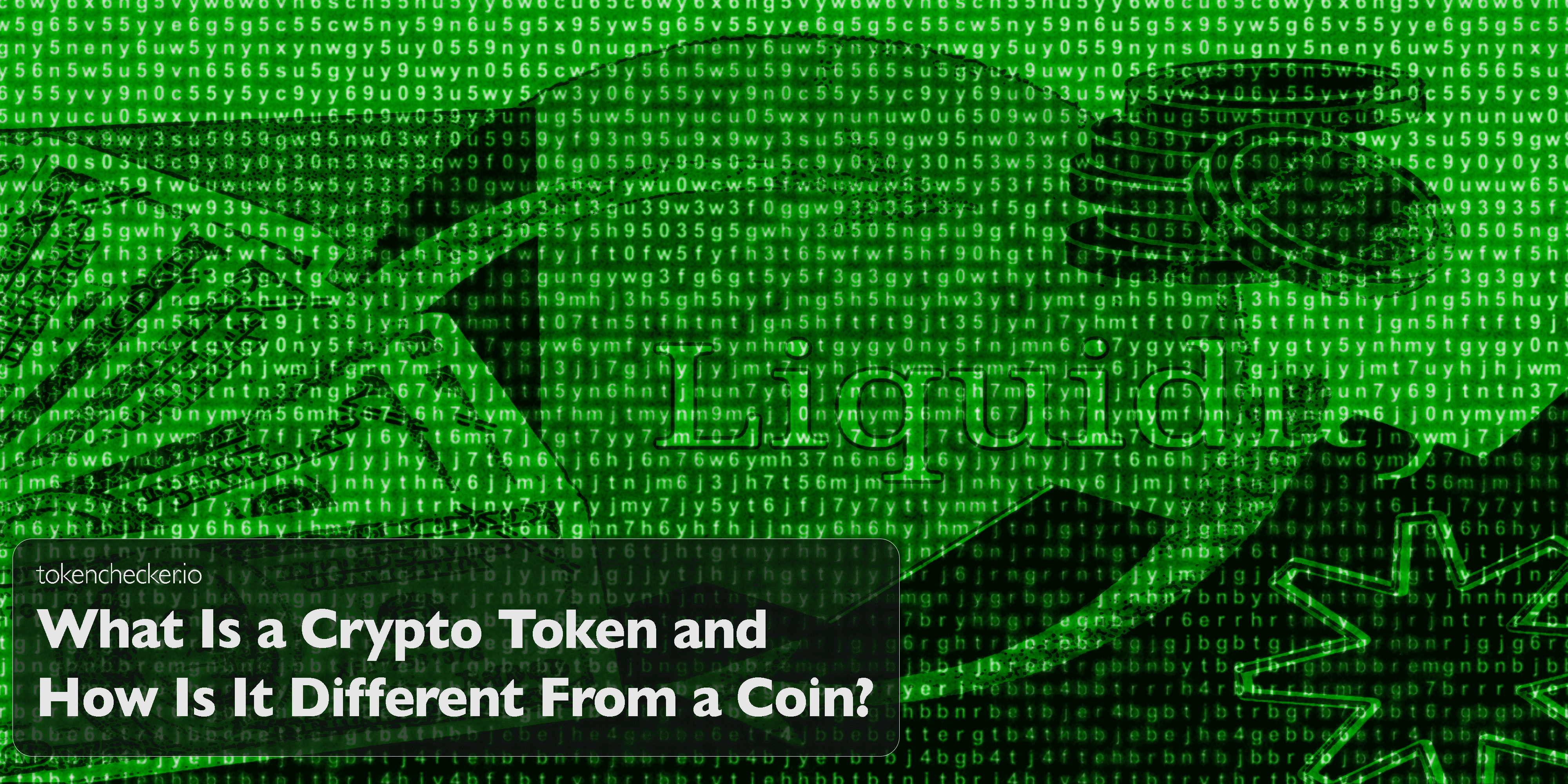
Liquidity Explained: What It Is and Why It Matters in Crypto
Liquidity might sound like some boring finance term—but in crypto, it’s everything. A token can have hype, a big community, flashy branding... but if there’s no liquidity, you can’t sell. Or worse, you’ll sell but lose 70% on slippage without knowing why.
In short: liquidity is what makes trading possible. It protects your capital, reflects a project’s health, and exposes hidden risks better than most whitepapers ever will. Understanding the relationship between liquidity and market cap is fundamental to good research.
Let’s break down what liquidity really means in crypto, why it matters so much, and what to watch for before you ever click “buy.”
What Is Liquidity in Crypto?
Liquidity refers to how easily you can buy or sell a token without affecting its price too much. If you can make large trades and still get a fair price—that’s good liquidity. If your tiny sell tanks the chart, you’re in trouble.
In DeFi, liquidity is usually provided by Liquidity Pools (LPs)—automated pools of tokens (like ETH + XYZ token) that power decentralized exchanges like Uniswap or PancakeSwap.
When you trade, you’re not buying from another person—you’re swapping with that pool. The deeper the pool, the safer the trade.
Why Low Liquidity = High Risk
A token with low liquidity is like a wobbly bridge. It might work while volume is light, but any real pressure can break it.
Here’s why:
- You’ll suffer massive price impact when trying to buy or sell
- Scammers can drain liquidity in a single transaction (aka rugpull)
- Bot manipulation becomes easier, especially with fake volume
- Exit traps become likely—even if you want to sell, there may not be enough stable value to get out
Low liquidity doesn’t always mean a scam—but it always means high volatility and low investor safety.
tokenchecker.io shows real-time LP stats on every token scanned, so you know exactly what kind of pool you're stepping into.
Locked Liquidity Isn’t Always Safe
Projects love to say their liquidity is “locked.” And sometimes it is. But for how long? Through what service? Can it be withdrawn or redirected using proxy contracts?
Here’s what to look for:
- Duration of the lock — is it locked for 30 days or 5 years?
- Who controls the lock — is it the dev wallet or a multisig?
- LP token holders — are they burned, renounced, or just sitting in a hot wallet?
tokenchecker.io’s Liquidity section tells you:
- Whether the LP is locked or not
- Who holds the LP tokens
- If the lock is verifiable on-chain
- Whether the LP was burned to a dead address
These insights are critical, especially when surface-level audits just check for a token lock without checking if it can be overridden.
Final Thoughts
Liquidity isn’t just a metric—it’s your real-time exit plan.
Before you invest, ask:
- How easy will it be to get out?
- Can someone pull the liquidity before I can?
- Does this token have enough depth to handle real trading?
A token with $200k in hype and $800 in liquidity is a disaster waiting to happen. And once it goes south, no one’s coming to save you.
Tools like tokenchecker.io exist to make this simple. In seconds, you’ll know if a project has real liquidity, locked LP, or a setup designed to trap traders.
Because in the end, liquidity is what separates playable tokens from pure illusion.